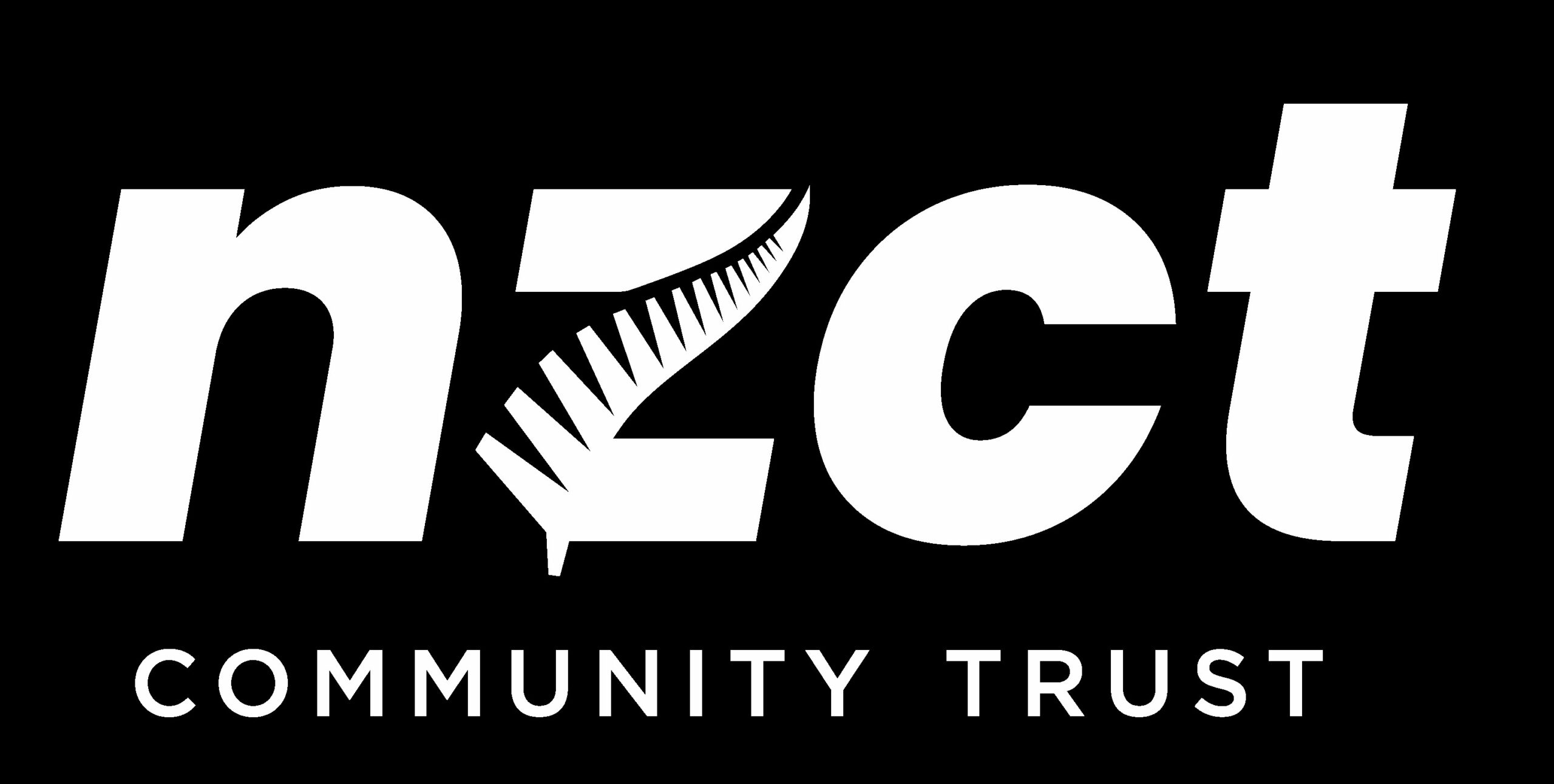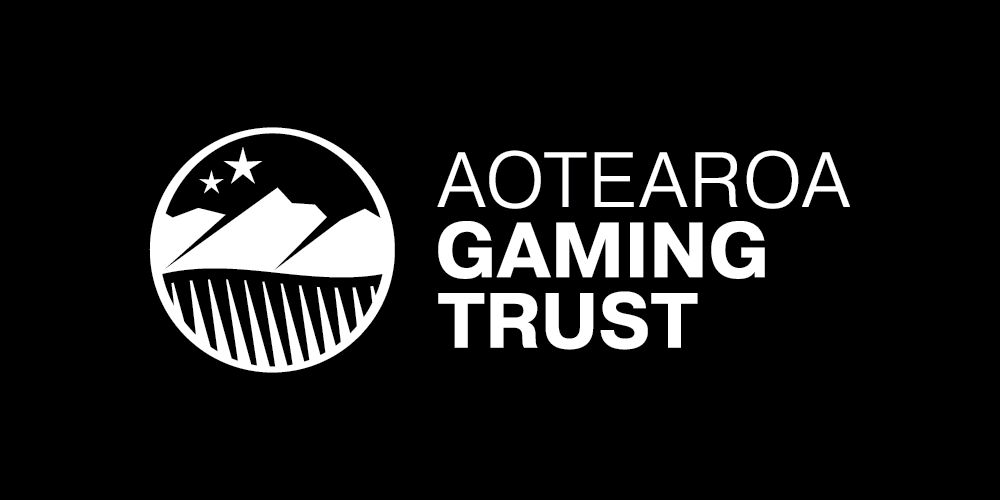
Para cycling

What is Para cycling?
Para cycling is cycling for people with impairments resulting from a health condition (disability). Para athletes with physical impairments either compete on handcycles, tricycles or bicycles, while those with a visual impairment compete on tandems with a sighted ‘pilot’.
Para cycling is divided into track and road events, with seven events in total.
Road Events
Para cycling road events are held for men and women and for all functional classes:
- Road race (men and women)
- Individual time trial (men and women)
- Handcycling relay
Track Events
Para cycling track events are held for men and women, but only for the functional classes within the Standard Bicycle ‘C1 – 5’ and Tandem ‘B’ classifications:
- Team sprint (men and women, mixed event)
- 500m time trial (men and women) or kilometre time trial (men and women)
- Individual pursuit (men and women)
The track events are divided into time trial, pursuit and sprint events. The race format and distances vary according to the event.
The International Federation governing Para cycling is the Union Cycliste Internationale (UCI).
Para cycling in New Zealand
New Zealand has had an extremely strong representation of Para cyclists on the world stage, including the multiple world champion visually impaired Para cyclist Emma Foy who won multiple medals at World Championship and World Cup events in both road and track events.
Para cycling is available in many parts of New Zealand. To find out about Para sport opportunities for you, register with Paralympics New Zealand today.
Who is eligible for Para cycling?
In Para cycling, there are four sport classes with varying classifications – Handcycles, Tricycles, Bicycles and Tandems. For more details, see the Paralympics cheat sheet.
History of Para cycling
Para cycling was developed in the 1980s, starting with visually impaired riders who competed on a tandem with a sighted partner.
The sport had its Paralympic debut in the New York 1984 Paralympic Games. There were only 22 Para cyclists (including just 2 women) in 7 events. Over the next four Paralympic Games organisers added further events and participation grew fast.
In Atlanta 1996 track cycling was included, and additional impairments in various functional categories were allowed. Handcycling was included for the first time in the Sydney 2000 Paralympic Games as an exhibition event, becoming a medal event 4 years later in Athens 2004. That year, there were more than 200 Para cyclists at the Paralympics.
Para cycling made its debut at the co-hosted Paralympic Games shared between New York and Stoke Mandeville in England. Only road races for Para cyclists with cerebral palsy were included.
A number of different impairment classes introduced to the Para cycling programme for the Barcelona 1992 Paralympic Games.
Track cycling added to the Paralympic programme at the Atlanta 1996 Paralympics.
First UCI World Para cycling Championship took place on the track. The road version was born two years later.
Handcycling introduced on to the schedule at the Athens 2004 Paralympic Games.
At the London 2012 Paralympics, 225 Paralympians competed in 18 medal events on the track and 225 more competed in 32 medal events on the road. A total of 25 nations won medals across the various Para cycling events.
Seven Para athletes have represented New Zealand at the Rio 2016 Paralympic Games, winning 2 medals.
Six Para athletes represented New Zealand at the Tokyo 2020 Paralympic Games.




























